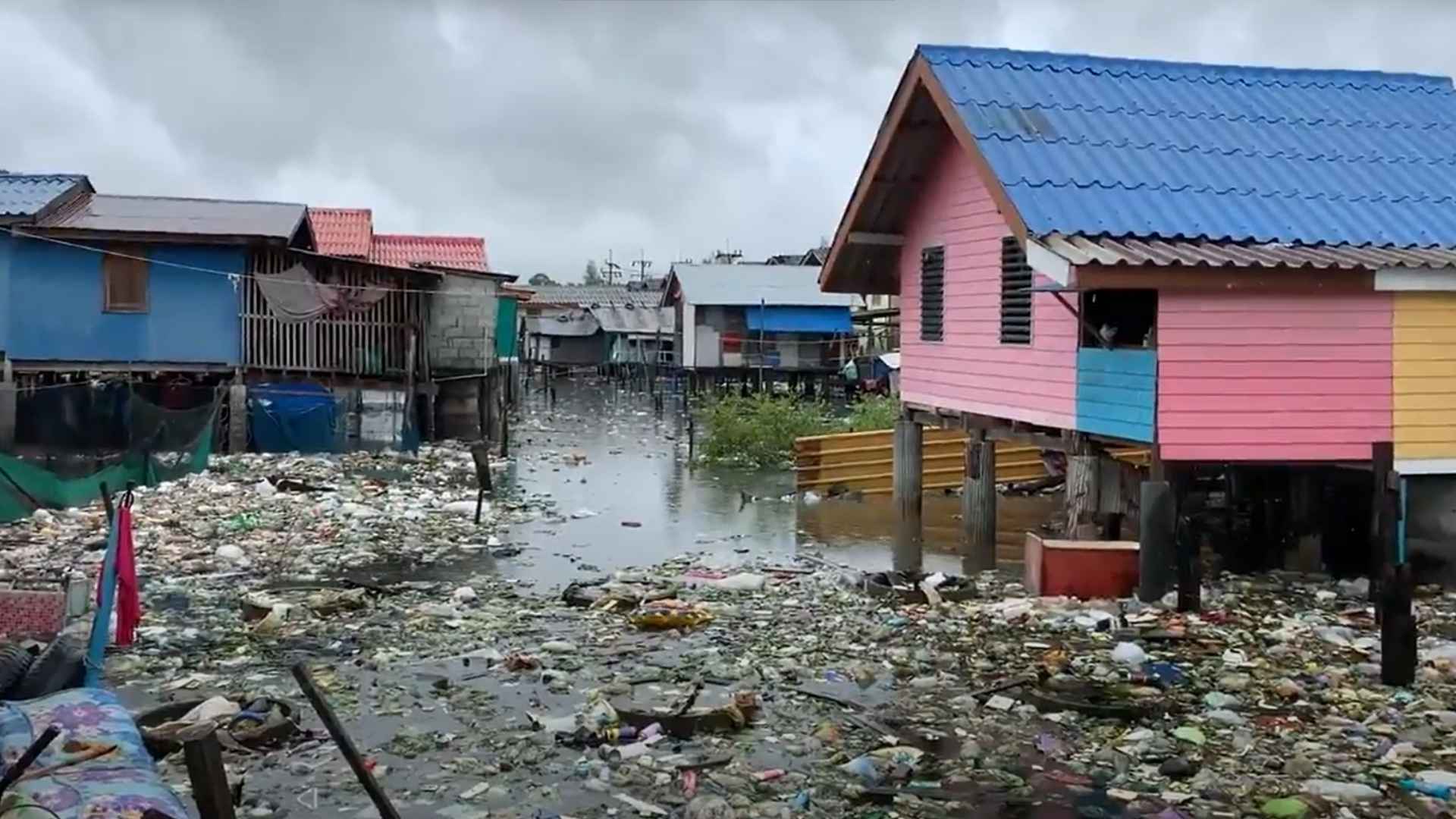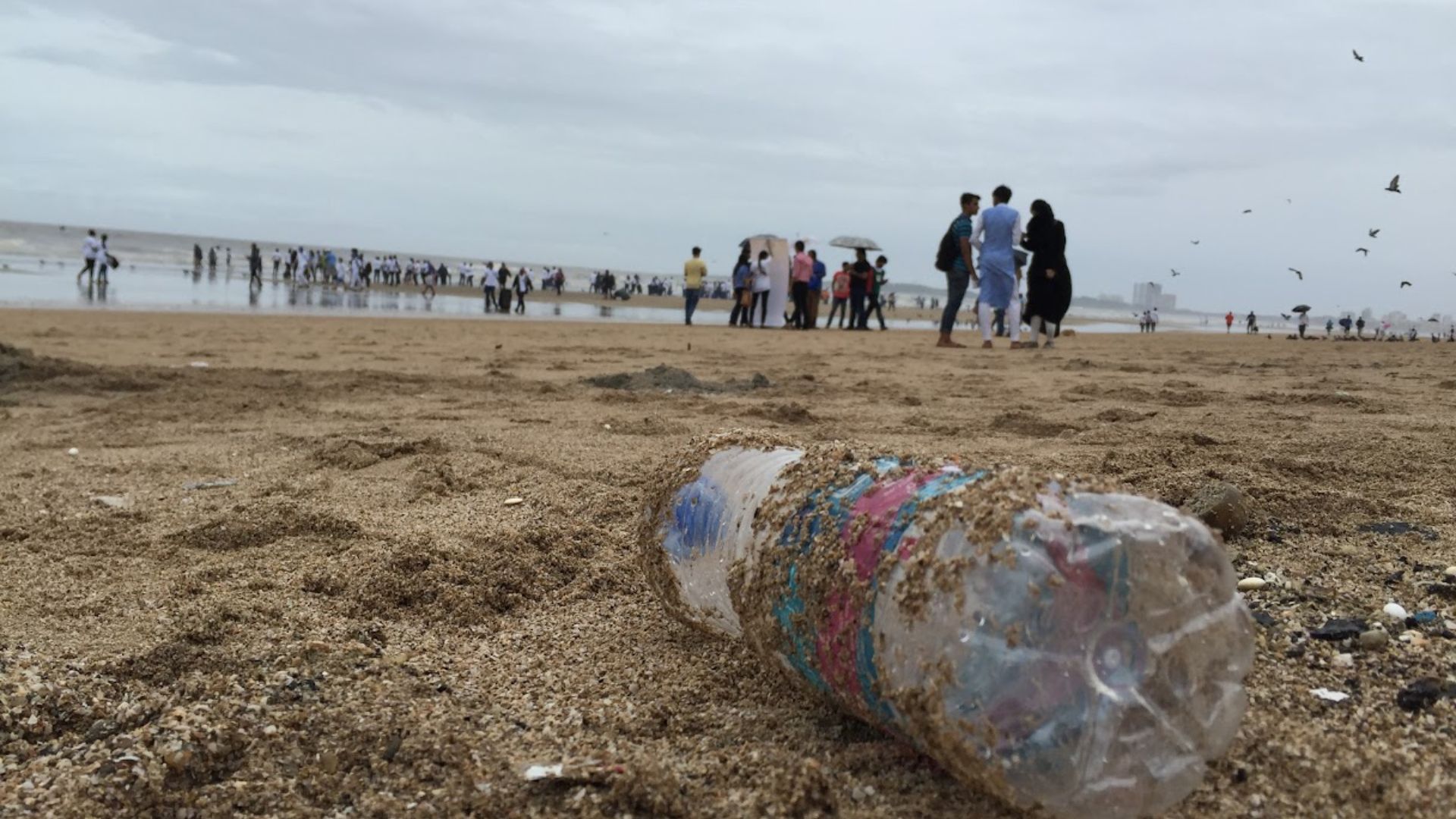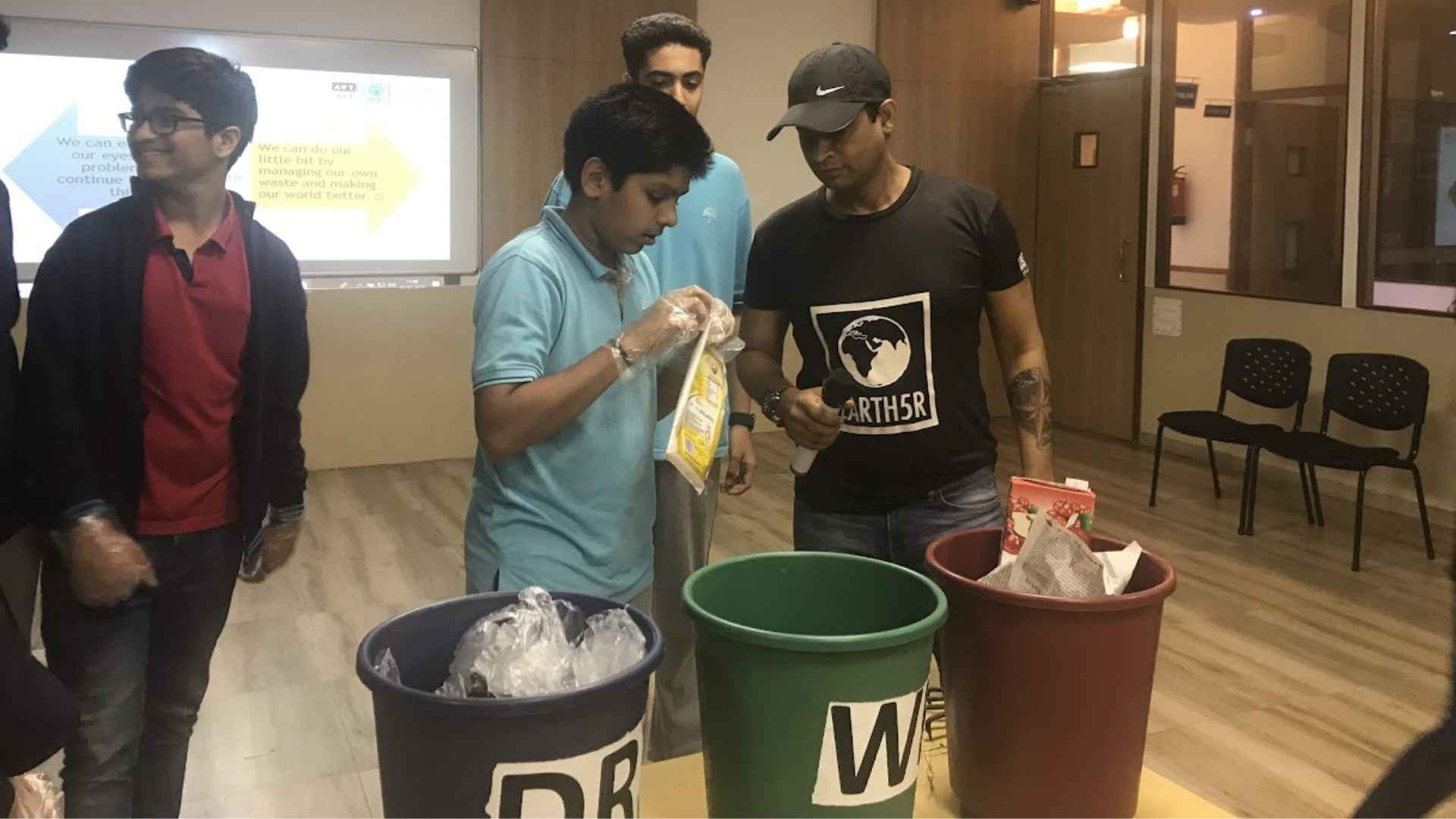A Growing Crisis: The Reality of Urban Flooding
Urban flooding is not just about excessive rainfall. It is a complex phenomenon triggered by poor drainage, unplanned urban expansion, loss of natural water absorption areas, and the increasing use of impervious materials like concrete and asphalt. Cities, designed for efficiency and growth, often fail to account for natural water cycles. Instead of allowing rainwater to seep into the ground, modern urban landscapes direct it toward overburdened sewage systems, resulting in streets submerged under feet of water.
The impact is staggering. According to the World Bank, urban flooding causes over $120 billion in damages annually worldwide. A study published in Nature Communications found that extreme rainfall events, worsened by climate change, are leading to more frequent urban floods in major cities like London and New York. The consequences are not just economic—public health also suffers, with stagnant water becoming a breeding ground for diseases like dengue and cholera.
Introducing Earth5R’s Sustainable Drainage Model
Amid this growing crisis, Earth5R, a global environmental organization, has developed an innovative Sustainable Drainage Model aimed at preventing waterlogging and urban flooding. This model does not simply add more drains; it reimagines urban water management through nature-based solutions, community participation, and technology-driven interventions.
Unlike conventional approaches, Earth5R’s model focuses on decentralization—empowering neighborhoods to manage water locally through permeable pavements, rain gardens, bioswales, and smart drainage systems. By integrating green infrastructure with urban planning, this approach helps cities absorb rainwater effectively, reducing flood risks while improving water quality and biodiversity.
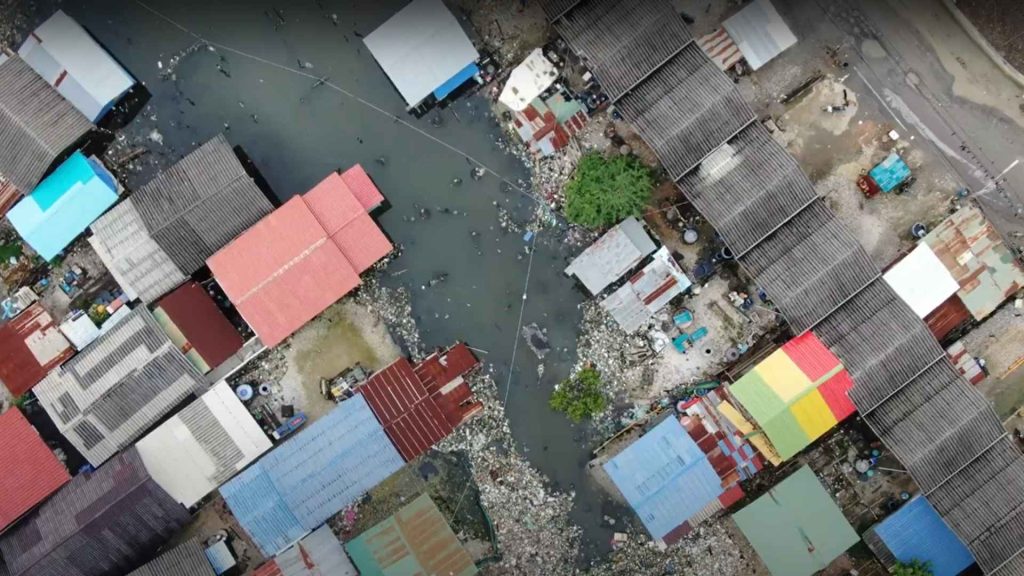
The success of sustainable drainage is already evident in cities like Copenhagen, which has adopted green roofs and water-absorbing parks to prevent flooding, or Singapore, where the ABC Waters Program uses retention ponds and wetlands to manage stormwater effectively. Earth5R aims to bring similar transformative change to flood-prone cities worldwide.
The Science Behind Urban Waterlogging and Flooding
The image of city streets turning into raging rivers after a storm is no longer a rare sight. From the flooded subways of New York to the waterlogged roads of Mumbai, urban flooding has become a recurring crisis, disrupting lives and causing extensive damage. Yet, the problem is not just the rain—it is how cities are built to handle it. The combination of climate change, poor urban planning, and excessive use of impervious materials has turned heavy rainfall into a disaster, making it clear that conventional drainage systems are no longer sufficient.
How Climate Change is Intensifying Urban Flooding
Extreme weather events are no longer occasional outliers; they are becoming the new norm. Scientific research has shown that climate change is directly linked to the increasing intensity and frequency of heavy rainfall. The consequences of this can be seen worldwide.
In 2021, New York City recorded its wettest hour in history when Hurricane Ida dumped over 80mm of rain in just one hour, overwhelming the city’s drainage system and submerging entire neighborhoods. In India, Mumbai’s annual monsoon flooding is worsening due to erratic rainfall patterns. In 2017, the city received a month’s worth of rain in a single day, causing chaos as roads, railway tracks, and even hospitals were submerged.
Urban Expansion is Choking Natural Drainage
Cities, in their rush for expansion, have bulldozed over natural drainage systems that once absorbed and redirected rainwater. Wetlands, lakes, and green spaces—nature’s own flood control mechanisms—have been sacrificed for concrete jungles. A classic example is Bengaluru, India, once called the “City of Lakes.” Today, unchecked urbanization has led to the loss of over 85% of its water bodies, which has resulted in frequent urban flooding.
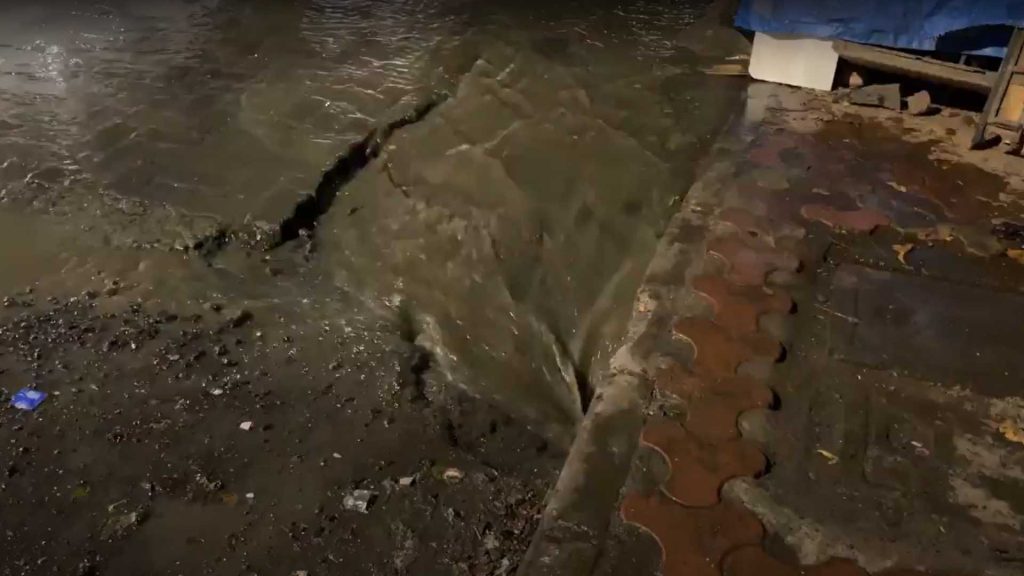
The situation is no different in Jakarta, where rapid land subsidence due to excessive groundwater extraction is making the city more vulnerable to flooding. The Indonesian capital is sinking at an alarming rate of 10 centimeters per year, with some areas already below sea level. This has led the government to announce plans to relocate the capital altogether—a drastic response to a crisis that could have been mitigated with better planning.
The Economic and Human Cost of Poor Drainage
Urban flooding is not just an inconvenience—it has severe financial and humanitarian consequences. The World Bank estimates that floods cause over $120 billion in direct damages annually worldwide, with indirect losses being even higher. When businesses shut down due to water damage, supply chains are disrupted, and insurance claims skyrocket, the economic toll becomes overwhelming.
The human impact is even more devastating. Displacement due to flooding is rising, particularly in low-income communities where drainage infrastructure is weakest. A report from the Internal Displacement Monitoring Centre found that urban floods displaced over 10 million people globally in 2022 alone. Cities like Manila and Dhaka are seeing climate refugees—residents forced to flee as their neighborhoods become uninhabitable due to repeated flooding.
Floodwaters: A Breeding Ground for Disease and Pollution
The aftermath of urban flooding extends far beyond structural damage. Floodwaters mix with sewage, industrial waste, and garbage, creating a toxic cocktail of contaminants. Diseases such as cholera, leptospirosis, and dengue thrive in these conditions, leading to public health crises long after the floodwaters recede.
A study published in The Lancet found that urban floods increase the incidence of waterborne diseases by 15-30% in affected areas. In 2019, when heavy rains flooded parts of Mumbai, cases of leptospirosis—a bacterial infection spread through contaminated water—spiked dramatically. Similarly, Hurricane Katrina in 2005 left behind a legacy of respiratory illnesses due to mold growth in water-damaged homes.
Earth5R’s Sustainable Drainage Model: A Revolutionary Approach to Urban Water Management
Nature-Based Solutions: Working With, Not Against, Nature
Traditional drainage systems treat rainwater as a problem to be removed as quickly as possible. In contrast, Earth5R’s approach mimics natural water cycles, ensuring rainwater is absorbed, stored, and filtered rather than wasted. This philosophy is inspired by ecosystems such as forests and wetlands, where water is naturally regulated.
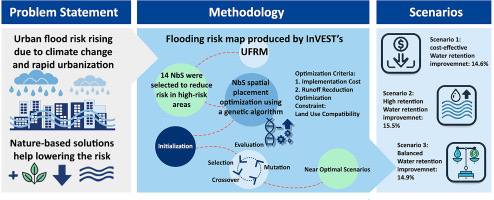
This infographic highlights urban flood risks due to climate change and rapid urbanization, emphasizing nature-based solutions for mitigation. It presents a methodology using InVEST’s UFRM model with genetic algorithm-based NbS (Nature-based Solutions) optimization, evaluating cost-effective scenarios for water retention improvement.
Studies have shown that cities integrating green infrastructure—such as vegetated swales, retention ponds, and permeable landscapes—experience up to 50% less flooding than those relying solely on conventional drainage. Singapore, often cited as a global model, has transformed its urban planning with green rooftops and rain gardens that absorb stormwater before it can overwhelm the city’s drainage system.
Decentralized Water Management: Empowering Local Communities
One of the biggest flaws in modern drainage systems is their over-reliance on large, centralized infrastructure that often fails under extreme weather conditions. Earth5R advocates for decentralized water management, where each neighborhood becomes a self-sufficient unit capable of handling its own stormwater.
In India, many cities rely on outdated, colonial-era drainage systems that were never designed for current urban densities. A single blocked drain can flood an entire neighborhood because water has nowhere else to go. By decentralizing water management through community-driven interventions, Earth5R ensures that cities do not rely on overburdened municipal systems.
The Circular Economy Approach: Turning Wastewater into a Resource
One of the most radical shifts proposed by Earth5R is viewing storm water as a valuable resource rather than a nuisance. The circular economy approach integrates waste and water management, ensuring that every drop of rainwater serves a purpose.
In conventional drainage systems, storm water is rapidly funneled away, often carrying pollutants into rivers and oceans. This process not only increases urban flood risks but also contributes to water pollution. Earth5R’s model incorporates water recycling technologies, where excess rainwater is harvested, purified, and reused for irrigation, industrial cooling, and even groundwater recharge.
Key Components of Earth5R’s Sustainable Drainage Model
Permeable Pavements: Reducing Surface Runoff at the Source
A significant contributor to urban flooding is the dominance of impervious surfaces such as roads, parking lots, and sidewalks. Research has shown that conventional concrete and asphalt surfaces generate nearly five times more runoff than natural landscapes. Earth5R promotes the use of permeable pavements, which allow rainwater to seep through and replenish the groundwater table instead of accumulating on roads.
A 2019 study in Hydrological Processes found that permeable pavements can reduce runoff by up to 80%, significantly lowering flood risks in urban settings. Cities like Rotterdam have already implemented these surfaces in flood-prone zones, leading to measurable reductions in waterlogging.
Green Roofs and Urban Gardens: Nature’s Sponges in the Concrete Jungle
When rooftops become flood prevention tools, entire cities benefit. Green roofs, which are covered with vegetation, absorb rainfall and release it slowly, reducing the volume of water entering drainage systems. Studies indicate that green roofs can retain up to 60% of annual rainfall, acting as a buffer against sudden downpours.
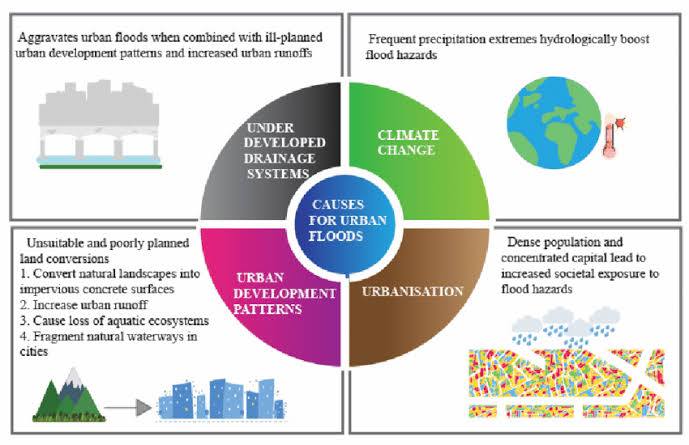
This visual representation outlines key causes of urban floods, including underdeveloped drainage systems, climate change, urbanization, and poor urban development patterns. It explains how land conversion, extreme precipitation, and high population density increase flood hazards.
In Toronto, the implementation of a Green Roof Bylaw has led to over 500,000 square meters of vegetated rooftops, reducing peak runoff during storms. Earth5R encourages cities to integrate green roofs and urban gardens into their flood mitigation strategies, transforming rooftops into climate-resilient assets.
Rainwater Harvesting and Recharge Wells: Replenishing Depleted Water Tables
While flooding is a pressing concern, water scarcity is an equally critical issue. Recharge wells and rainwater harvesting systems bridge this gap by capturing stormwater and directing it into underground reserves.
A study conducted by the Indian Institute of Science found that recharge wells in Bengaluru, if scaled citywide, could reduce urban flooding by 30% while increasing groundwater availability by 20%. Earth5R’s approach ensures that every neighborhood incorporates small-scale rainwater collection systems, reducing dependency on fragile municipal supplies.
Smart Drainage Technology: Using AI to Predict and Prevent Flooding
Incorporating artificial intelligence (AI) and the Internet of Things (IoT), Earth5R’s drainage model utilizes real-time monitoring systems to predict flooding risks before they occur. Smart sensors track rainfall, soil moisture, and drainage capacity, allowing authorities to take preventive action rather than reacting to disasters.
Cities like London and Barcelona have already implemented AI-driven flood monitoring, reducing emergency response times and improving resilience. By integrating these technologies, Earth5R ensures that urban drainage systems are not just reactive but proactively managed.
A Model for the Future
As climate change accelerates, the traditional approach to urban drainage is proving increasingly inadequate. Earth5R’s Sustainable Drainage Model presents a forward-thinking alternative—one that embraces nature, engages communities, and leverages technology to create flood-resilient cities.
The evidence is clear: cities that work with nature rather than against it will be the ones best prepared for the future. By adopting Earth5R’s model, urban centers can transform their flood response strategies, ensuring a sustainable and water-secure future for generations to come.
Case studies from Earth5R : Real life impact
Earth5R has developed and implemented several models and frameworks aimed at preventing waterlogging and urban flooding through sustainable practices. These initiatives focus on community engagement, nature-based solutions, and innovative technologies. Key articles detailing these efforts include:
Earth5R’s Flood Resilience Framework for Informal Settlements
This framework integrates green infrastructure, such as urban forests and wetlands, to reduce flood risks in informal settlements. It emphasizes community participation and the use of technology-driven solutions like IoT-based flood sensors and AI-driven flood prediction models. The approach has been applied in cities like Chennai and Dhaka, demonstrating significant reductions in flood intensity and improved early warning systems.
Earth5R’s Mithi River Community Cleanup Model
Focusing on the restoration of Mumbai’s Mithi River, this model combines scientific methodologies, data-driven advocacy, and active community participation. The initiative not only removed significant amounts of waste but also restored biodiversity and mitigated urban flooding impacts. The success of this model suggests its scalability and applicability to other polluted rivers facing similar challenges.
Launching Community-Driven Rainwater Harvesting Projects
This initiative emphasizes the importance of rainwater harvesting (RWH) in urban areas to reduce surface runoff, prevent waterlogging, and enhance water availability. By involving local communities in planning, funding, and maintaining RWH systems, the project ensures sustainability and addresses challenges such as lack of awareness and technical issues.
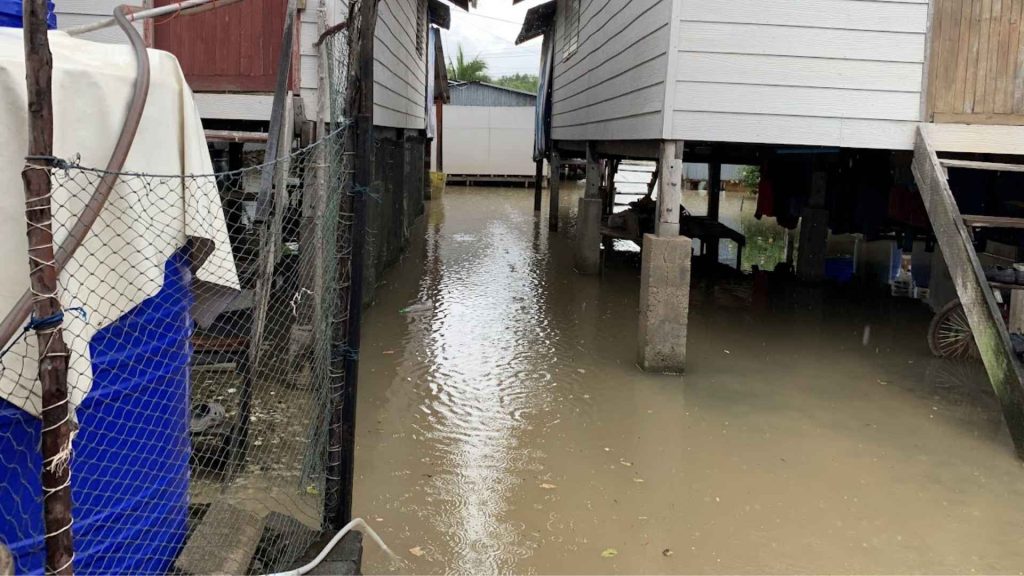
These articles provide comprehensive insights into Earth5R’s sustainable drainage models and their practical applications in preventing waterlogging and urban flooding.
Policy and Innovation: The Path to Sustainable Urban Drainage
As climate change accelerates the frequency and intensity of urban flooding, cities worldwide face a critical policy challenge: how to integrate sustainable drainage systems into long-term urban planning. While nature-based solutions have proven effective in managing stormwater and preventing waterlogging, their widespread adoption depends on government intervention, regulatory frameworks, and financial incentives.
The Role of Urban Planning Policies in Sustainable Drainage Adoption
Cities that have successfully addressed this challenge have done so through progressive urban planning policies. In Singapore, the ABC Waters Programme (Active, Beautiful, Clean Waters) has integrated blue-green infrastructure, including rain gardens, retention ponds, and permeable pathways, into urban landscapes. A government-backed study found that areas incorporating nature-based drainage saw a 35% decrease in flood-related damages over a decade.
In Paris, the city’s “Rainwater Plan” mandates that new developments incorporate rainwater harvesting and green roofs. This policy has led to a 60% increase in rainwater retention capacity across the city, significantly mitigating urban flooding.
Scaling Earth5R’s Model for Global Adoption
With the right policy incentives, Earth5R’s sustainable drainage model has the potential to be integrated into Smart City projects worldwide.By incorporating IoT-based smart drainage systems, cities can monitor rainfall patterns, detect blockages, and optimize water flow in real-time—preventing floods before they occur.
In India, the Smart Cities Mission presents an opportunity to integrate Earth5R’s drainage model into urban planning. With over 100 cities under the program, even a partial adoption of nature-based water management systems could have a transformative impact on urban resilience. The key to success lies in government incentives, regulatory mandates, and public awareness campaigns that encourage local communities to take an active role in implementation.
A Future Built on Sustainability
Looking ahead, the future of urban water management will depend on how well governments, businesses, and communities collaborate to implement sustainable solutions. The scientific evidence is clear—cities that prioritize nature-based drainage systems will not only reduce flood risks but also enhance water security, improve air quality, and create greener, more livable urban environments.
The question is no longer whether sustainable drainage solutions work—the data proves they do. The real challenge is ensuring that policies evolve fast enough to match the growing threats posed by climate change. If cities fail to act, the cost of inaction will far outweigh the investment needed to implement these life-saving solutions. Earth5R’s model provides a blueprint for a future where urban flooding is not just managed—but prevented.
Redefining Urban Resilience: The Case for Sustainable Drainage
As climate change intensifies, cities worldwide are facing an unavoidable reality—traditional drainage systems are no longer sufficient to combat the increasing threats of urban flooding. The rising frequency of extreme rainfall, combined with unregulated urbanization and impervious infrastructure, has turned waterlogging into a recurring crisis, crippling economies, displacing communities, and damaging ecosystems.

Every delay in implementing these solutions means more lives disrupted, more resources lost, and more damage that could have been prevented. The future of urban living depends on how well we adapt our cities to the challenges ahead. If sustainable drainage solutions become the standard rather than the exception, the vision of flood-resilient, water-secure, and ecologically thriving cities can become a reality. The question is not whether we can afford to implement these solutions, but whether we can afford not to.
FAQs on Earth5R’s Sustainable Drainage Model to Prevent Waterlogging and Urban Flooding
What is Earth5R’s Sustainable Drainage Model?
Earth5R’s Sustainable Drainage Model is a nature-based, community-driven approach designed to prevent urban flooding and waterlogging. It integrates green infrastructure, permeable surfaces, and smart water management technologies to create flood-resilient cities.
How does Earth5R’s model differ from conventional drainage systems?
Unlike traditional drainage systems that focus on quickly removing rainwater through underground pipes, Earth5R’s model emphasizes water absorption, retention, and filtration using natural methods such as green roofs, bioswales, and rain gardens.
What are the main causes of urban flooding that Earth5R’s model addresses?
Urban flooding is primarily caused by excessive rainfall, impervious surfaces like concrete and asphalt, poor drainage planning, and climate change. Earth5R’s model mitigates these factors by restoring natural water absorption and promoting sustainable urban design.
Can Earth5R’s model be implemented in highly urbanized areas?
Yes, the model is designed to be adaptable to dense urban spaces. Techniques like permeable pavements, rainwater harvesting systems, and vertical green walls make it possible to integrate sustainable drainage solutions even in highly developed areas.
How does green infrastructure help in reducing waterlogging?
Green infrastructure, such as urban forests, wetlands, and vegetative swales, absorbs and slows down runoff, preventing overwhelming drainage systems. It also helps recharge groundwater, reducing long-term water scarcity.
What role does climate change play in urban flooding?
Climate change has increased the frequency and intensity of heavy rainfall, overwhelming outdated drainage systems. Rising temperatures also reduce soil absorption capacity, worsening flood risks. Earth5R’s model incorporates climate-resilient strategies to manage these challenges.
Is Earth5R’s model cost-effective compared to traditional drainage solutions?
Studies show that nature-based drainage solutions are not only more effective but also more cost-efficient in the long run. They reduce the need for expensive drainage repairs, lower flood damage costs, and provide additional environmental benefits.
How does rainwater harvesting contribute to flood prevention?
Rainwater harvesting captures and stores excess rainfall, preventing it from overwhelming drainage systems. The stored water can be reused for irrigation, groundwater recharge, or household purposes, reducing dependency on municipal water supply.
What are permeable pavements, and how do they work?
Permeable pavements allow rainwater to pass through their surface, reducing runoff and enabling natural filtration into the ground. Materials like porous asphalt, permeable concrete, and interlocking pavers help in stormwater management.
What are bioswales, and why are they important?
Bioswales are landscape elements designed to slow, collect, and filter stormwater using vegetation and soil. They help prevent waterlogging, remove pollutants, and enhance urban green spaces.
Can smart drainage technology be integrated into Earth5R’s model?
Yes, smart technologies such as IoT-based water level monitoring, AI-driven flood prediction, and automated drainage controls can complement Earth5R’s solutions, making water management more efficient and predictive.
Has Earth5R’s model been successfully implemented anywhere?
Yes, Earth5R has piloted sustainable drainage solutions in multiple urban areas, showing a significant reduction in waterlogging and flood risks. Case studies from cities like Mumbai and Bengaluru highlight its effectiveness in real-world scenarios.
How can governments support the adoption of Earth5R’s model?
Governments can play a key role by incorporating sustainable drainage solutions into urban planning policies, providing financial incentives, and mandating eco-friendly construction practices in new developments.
Are there any ecological benefits to Earth5R’s model apart from flood prevention?
Absolutely. In addition to reducing floods, the model improves air quality, restores biodiversity, enhances groundwater levels, and mitigates the urban heat island effect by increasing green cover.
Can local communities contribute to the implementation of this model?
Yes, community participation is crucial. Residents can adopt rainwater harvesting, maintain green spaces, and advocate for sustainable policies. Community-driven initiatives amplify the impact of larger urban planning efforts.
What challenges might arise while implementing Earth5R’s model?
Challenges include resistance to change, lack of public awareness, initial implementation costs, and outdated urban policies. However, these can be overcome through education, policy incentives, and collaborative public-private partnerships.
How does Earth5R’s approach align with Smart City initiatives?
Earth5R’s model complements Smart City projects by integrating data-driven water management, green infrastructure, and community-based solutions that enhance urban resilience against climate challenges.
What role do businesses and the private sector play in sustainable drainage?
Businesses can adopt sustainable drainage practices in their premises, invest in eco-friendly infrastructure, and support local sustainability initiatives. Corporate partnerships can also fund large-scale projects for urban flood prevention.
How can individuals contribute to reducing urban flooding?
Simple actions like planting more trees, reducing concrete surfaces in homes, installing rainwater harvesting systems, and spreading awareness about sustainable drainage can collectively make a significant impact.
A Call to Action: Building Resilient Cities Through Sustainable Drainage
The science is clear, the solutions are available, and the cost of inaction is rising. Urban flooding is no longer an isolated event; it is a systemic crisis that demands immediate attention from policymakers, urban planners, and communities. The damage caused by outdated drainage infrastructure is not just measured in economic losses but in the lives disrupted, the ecosystems degraded, and the cities left vulnerable to the next downpour. The time to act is now.
For policymakers, the responsibility lies in making sustainable drainage systems a legislative priority rather than an afterthought. Cities that have integrated nature-based solutions into urban planning—such as Copenhagen’s Cloudburst Management Plan and Singapore’s ABC Waters Programme—have demonstrated that forward-thinking policies can turn flood-prone areas into climate-resilient spaces.
Governments must incentivize the adoption of Earth5R’s model through regulatory frameworks, financial grants, and strict urban planning codes that mandate permeable infrastructure, green rooftops, and rainwater harvesting in new developments. Failure to do so will only deepen the crisis, making future flood mitigation efforts exponentially more expensive.
Urban planners hold the blueprint for the cities of tomorrow. It is no longer enough to design roads, buildings, and public spaces without considering how they interact with water. A city built without sustainable drainage is a city built for disaster. Architects and engineers must rethink conventional concrete-heavy designs and integrate green infrastructure from the outset. The era of treating rainwater as a waste product that must be quickly drained away is over. Instead, water must be seen as a resource—one that can be absorbed, stored, and redirected to strengthen urban resilience.

